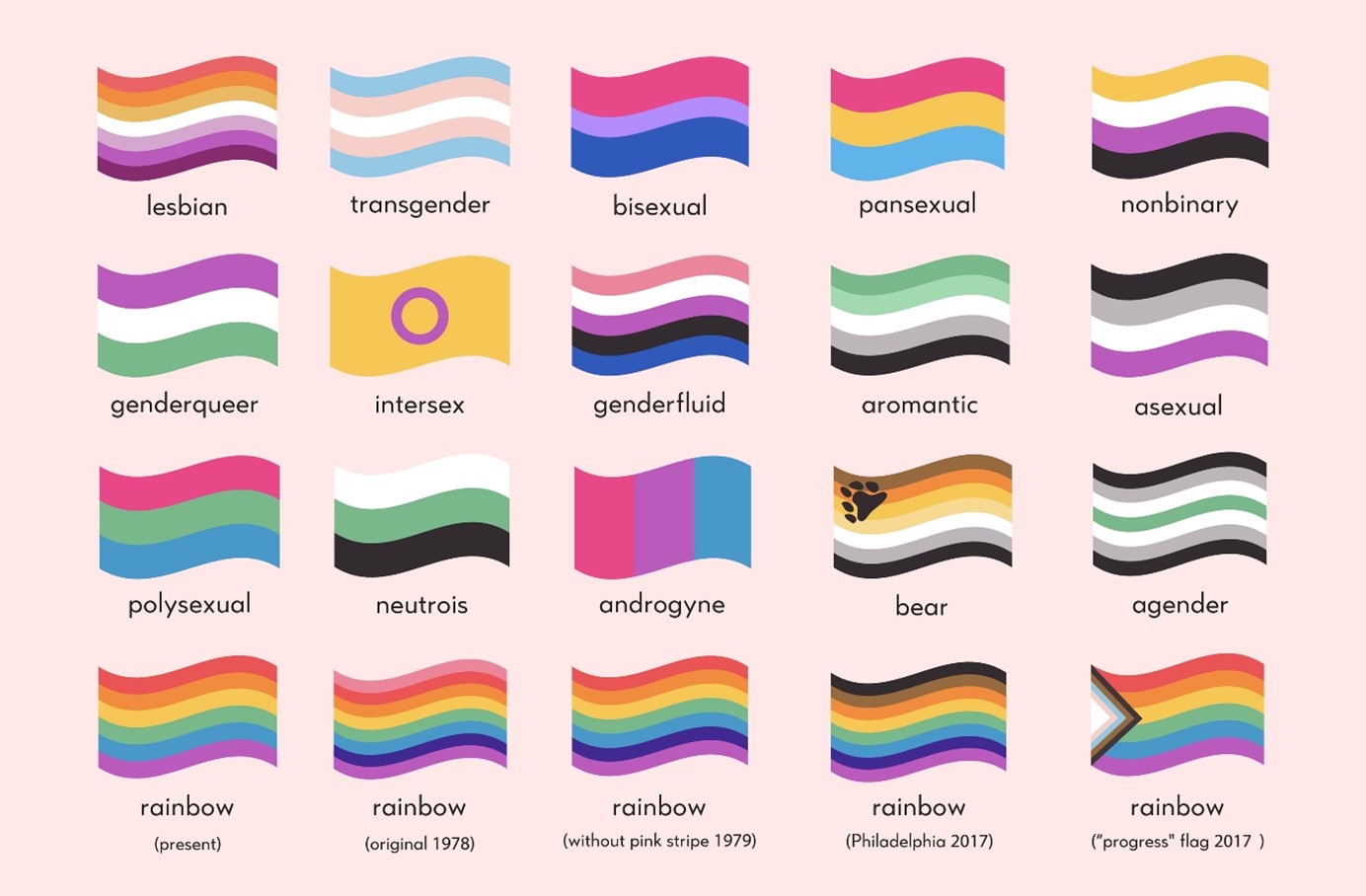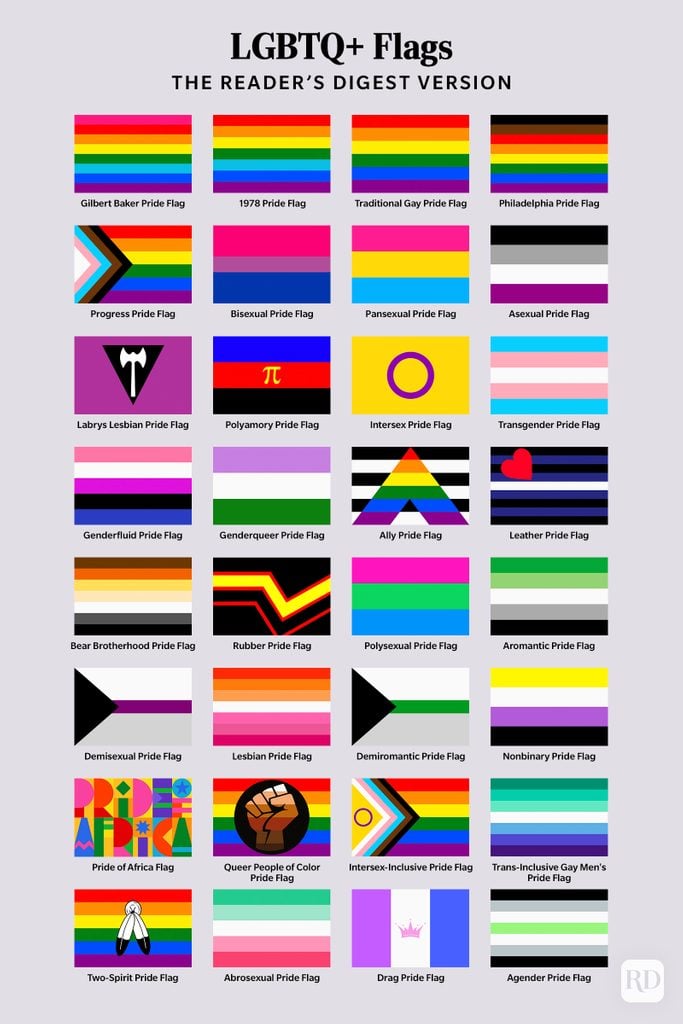The Ultimate Guide to LGBTQ+ Pride Flags
A Comprehensive Look at the Symbols of the LGBTQ+ Community
Introduction
The LGBTQ+ community is a vibrant and diverse one, with a rich history and culture. One of the most visible symbols of the community is the pride flag, which has become synonymous with LGBTQ+ rights and activism. However, there are actually many different pride flags, each representing a different aspect of the community.
The History of the Pride Flag
The first pride flag was created in 1978 by Gilbert Baker, a gay activist from San Francisco. Baker's flag featured eight stripes, each with a different meaning:
- Hot pink: sex
- Red: life
- Orange: healing
- Yellow: sunlight
- Green: nature
- Turquoise: magic/art
- Indigo: harmony/serenity
- Violet: spirit
Baker's flag was quickly adopted by the LGBTQ+ community, and it has since become the most widely recognized symbol of the community. However, over the years, many different variations of the pride flag have been created, each representing a different aspect or group within the LGBTQ+ community.
Different Types of Pride Flags
There are now over 50 different pride flags recognized among the LGBTQ+ community. Each flag has its own unique design and color-ways, and it holds its own history and meaning. Some of the most common pride flags include:
- The rainbow flag: The rainbow flag is the most widely recognized pride flag. It was created by Gilbert Baker in 1978, and it represents the diversity of the LGBTQ+ community.
- The lesbian flag: The lesbian flag was created in 1999 by the artist Emily Acevedo. It features seven stripes, representing the diversity of the lesbian community.
- The gay male flag: The gay male flag was created in 2008 by the artist Daniel Quasar. It features four stripes, representing the diversity of the gay male community.
- The bisexual flag: The bisexual flag was created in 1998 by the artist Michael Page. It features three stripes, representing the attraction to both men and women.
- The transgender flag: The transgender flag was created in 1999 by the artist Monica Helms. It features three stripes, representing the transition from one gender to another.
Conclusion
The pride flag is a powerful symbol of the LGBTQ+ community. It represents the diversity, resilience, and pride of the community. As the community continues to grow and evolve, so too will the pride flag. It is a symbol that will continue to be used to fight for LGBTQ+ rights and equality for many years to come.


Komentar